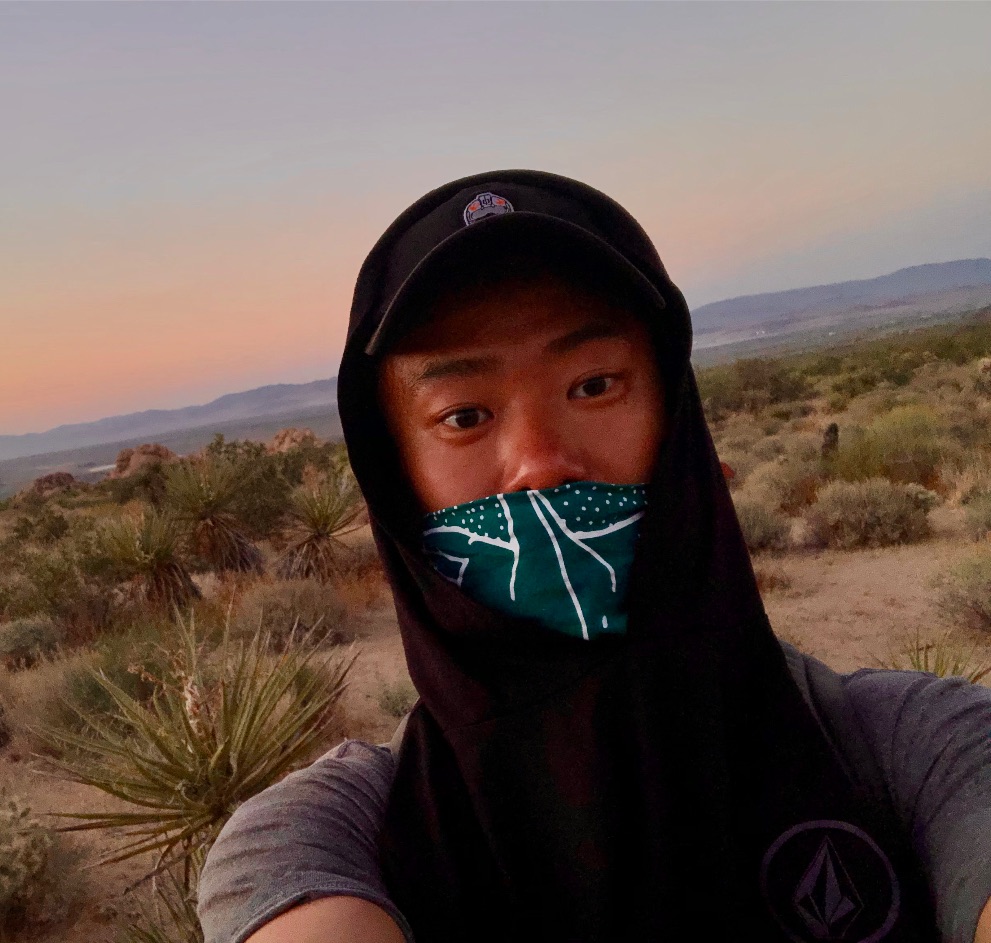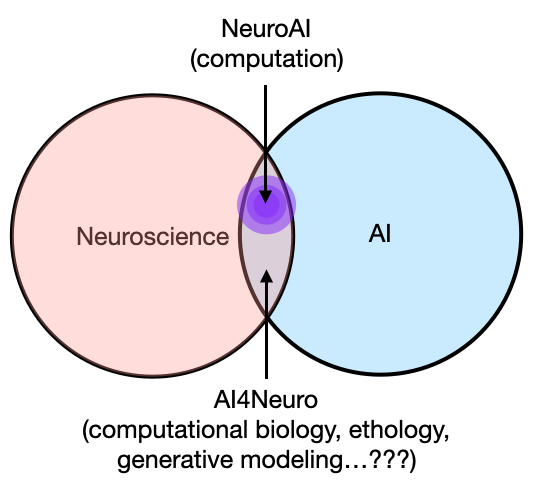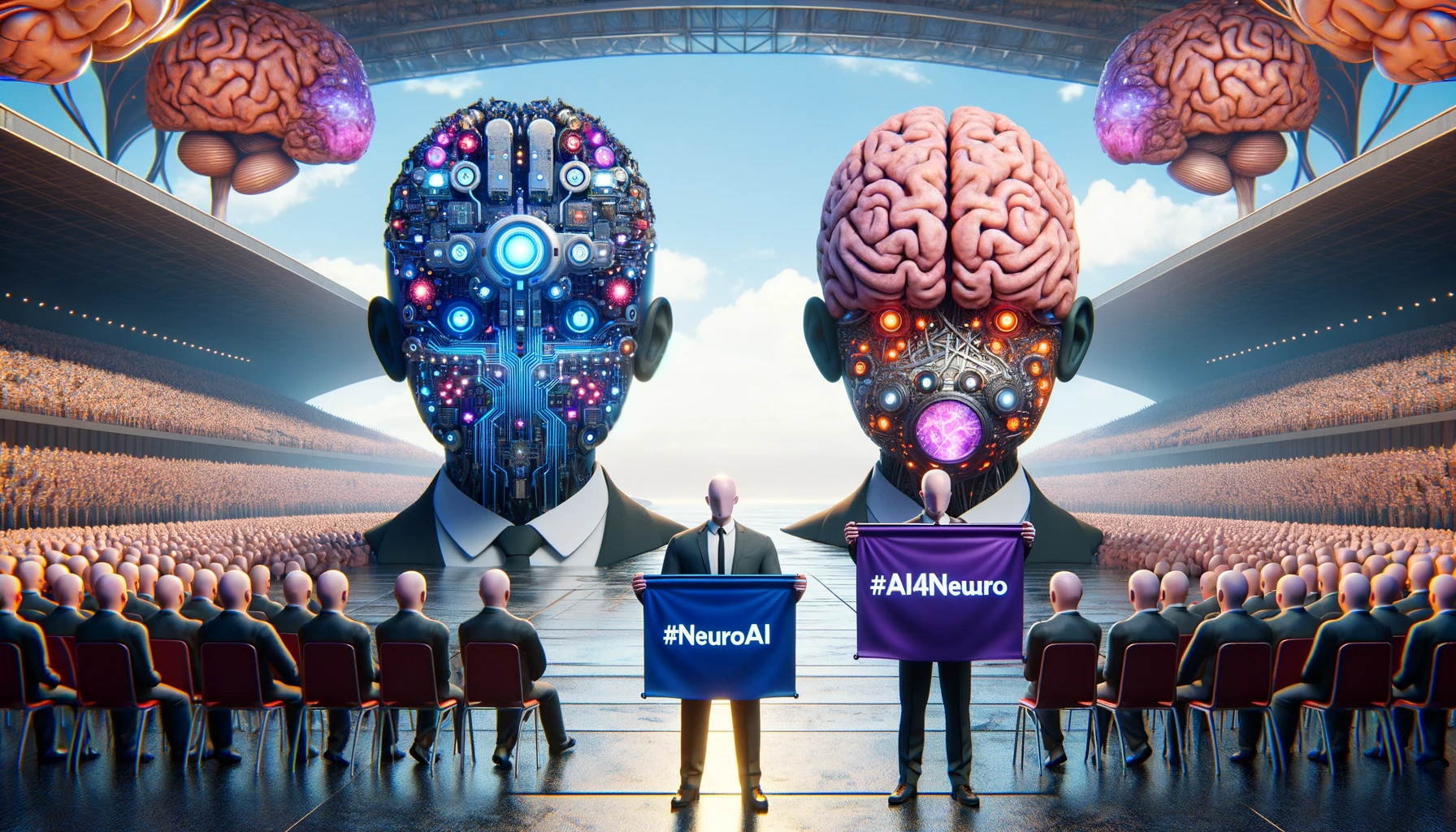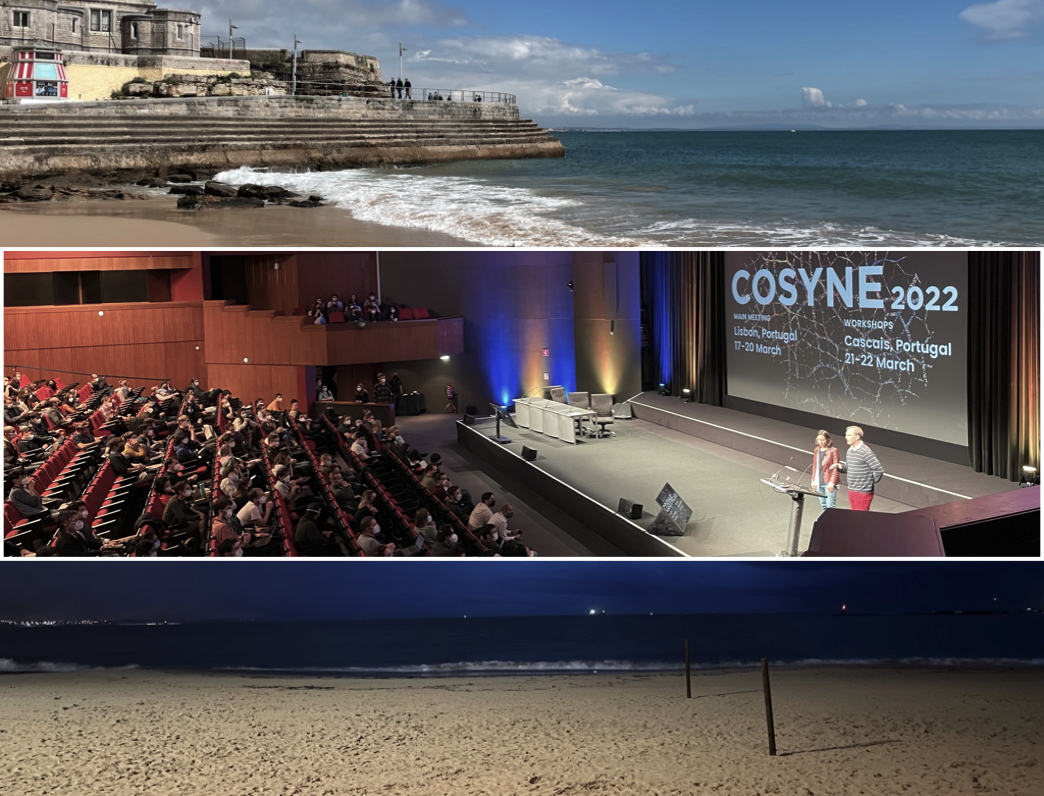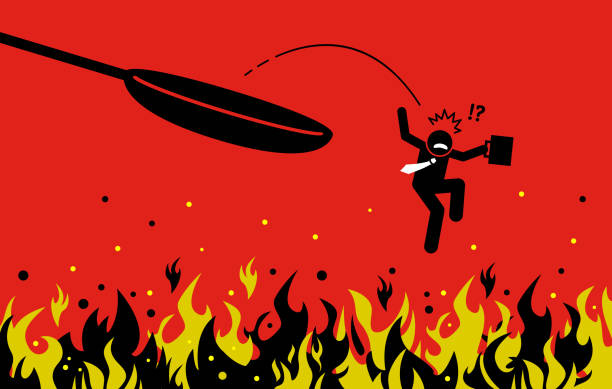This was my 5th SfN in 5 years, and it’s more apparent than ever that I still haven’t found a good way of approaching this monstrosity of a meeting that is the definition of overwhelming. It’s a 5 day marathon where 30,000 people gather for 10 hours a day to exchange new advances on the brain at every scale. Not only do you have to constantly combat decision fatigue from which talks/posters to see, as well as actual fatigue from running to and from said talks/posters, you have to also juggle hanging with friends/colleagues/collaborators and ultimately trying to preserve your own sanity and health.
Digesting all the science alone is a huge task. I was planning my itinerary on the app the day before the conference, and it quickly turned from excitement to anxiety due to the sheer number of things I felt like I just couldn’t miss. Yes, after 5 years, it’s still like this. My planning procedure is usually to: 1) find all the stuff from labs I read and know, 2) find all my friends’ posters so I can go say hi and see what new things they’re up to, and 3) comb through the relevant themes on the app just to make sure I didn’t miss anything very topical. Sometimes I’ll search for keywords, but oscillation/LFP/dynamical system returns way more results than I care for. I guess I haven’t nailed down my own specific keywords yet?
After that whole procedure, I end up with somewhere between 20-40 posters every session that I mark in my schedule, along with various talks sprinkled in there, which is a plan doomed to fail from the beginning. As soon as I’m done making my schedule, I think to myself, there’s no way I’m gonna be able to see all that stuff, which is so very demoralizing that it just makes me not want to see anything.
In any case, what actually happened this year was that, after attending a mini-symposium during the first session Saturday afternoon, I quickly realized that I’m not going to learn anything from symposium talks unless it’s something totally random, or precisely in the areas that I can critically evaluate. (Un)fortunately, there weren’t any symposiums on time series methods this year, so I dedicated the rest of the conference to posters and the big lectures.
A quick note on the lectures: I really enjoy talks that spend time outlining the historical context of a field, which all the presidential lectures do (though that by no means guarantees wakefulness throughout the talk because sitting in a dark room at 5pm after having walked around for a whole day is difficult to say the least). I find those talks compelling because of the storylines. The narrative of struggles and discovery and a future full of potential paths is so enthralling that any learning of the science is simply a side-effect of paying attention. I think this is true of science in general, and a strategy that is not very often explicitly encouraged, especially in the written form.
Poster Hall-Induced Existential Dread
Every single time I walk through the poster halls, I get this feeling of despair: looking around, I don’t have the background to interpret 95-99% of these posters, especially all the molecular biology ones, so how am I ever going to get a holistic understanding of what’s going on in the brain? And which are the important things to consider? I don’t want to project my ignorance onto everyone else, because I didn’t take that many biology classes in college, but I can’t imagine anyone - not even seasoned neuroscientists, much less graduate students - to be able to parse even 10% of those posters. We’re talking about 30 lettered rows with at least 40-50 posters each, over 9 poster sessions. It’s literally over 9000.

Is this endeavor lost if no single person or organization is able to meaningfully integrate all of this knowledge to piece together a coherent picture of the brain, assuming they are all necessary? More optimistically, how can we integrate all these subfields so that we can start building bridges from DNA to gene expression to cells to circuits to brain regions to behavior to society and cultures? It’s been a running joke in comp neuro that the tome that is the Principles of Neuroscience should get shorter year by year, not longer, because we’ve figured out some way of condensing data into theories. Well, SfN is the physical embodiment of the brain giving us the finger for having any fantasies of knowledge distillation, at least any time soon.
As a result, I find myself with this attitude of “fuck it none of this matter anyway.” But they do. They matter to the people presenting, and to the people coming to see them, no matter how narrow of a domain. It’s a poor excuse for not seeing more of the science, but ultimately a defensive pessimism that prevents me from fully embracing just how fucking daunting this whole enterprise is, and how quantifiably little my own contributions are and will be for the years to come - 1/10000 to be precise, if we’re being generous. Is everyone wasting their time? Maybe, maybe not. Am I wasting my time? More certainly so.
Nevertheless, in the moments that I’m somehow pulled out of that hole, perhaps after a good night of sleep or a night of hanging with friends who I perceive to be doing cool shit (but never both those things), the feeling of despair turns into humility and freedom, however briefly. There is no sense in finding the objectively “right” approach or solution to understanding the brain, so I can only focus on doing the things I believe in and find intriguing, above all else, and do that, while doing my best to compile what we know.
Luckily, evident from the 10,000 posters in that hall, there will be a space for me to think about my ideas and try to convince other people of how important they are to pursue. Sometimes I visit completely random posters just to learn something new, especially those without a lot of traffic, and I usually do learn something cool. Also, a good way of keeping sane is just to have a little fun with it. That’s why I put up my Raptors jersey to celebrate banner night, which got at least one person who had zero background in what I did to come for a chat. Fred put up 34 and some clutch buckets in the overtime W that night, for which I take some credit, of course.

Having fun with it is also why I got a case of 30 sliders from Whitecastle and offered them to random strangers walking around and at posters. Turns out people are much more receptive to a stranger offering them suspicious-looking food if they had seen the advertisement on Twitter beforehand. Walking away from those interactions, maybe we’ll remember each other, maybe we won’t, but I got to see at least one really interesting poster because of it (see below). Plus, 5 or 10 years down the line I’ll be able to say to Dylan, “dude remember that time when you convinced me that I should get 30 Whitecastle sliders at SfN in Chicago?” Yep.

Science, Friends, Health: Pick 2
I feel like I blew off the scientific component of the meeting harder than usual this year, in favor of socializing, which is quite a feat considering 2 of the previous 5 years were in San Diego. I definitely don’t regret staying out late every night, especially with Tom and Tammy and Sydney and friends I don’t get to see often, seeing how this will probably be our last SfN as a unit, and for some, ever. Maybe its senioritis. Or maybe it stems from my own indecision about what I want to do moving forward, because there are so many interesting directions I could follow in neuroscience that, again, it’s easier to make no decisions than to make a decision. I do regret not showing up to the conference earlier every day to catch the morning posters, though. 8-10 am are the golden hours where everyone else is about equally as hungover, but only the presenters are required to be there, so you get to have as long of a conversation as you want at a poster.
That being said, one thing I was told very early on in grad school was that socializing at conferences are just as important, if not more so, than actually seeing the science. This is not an excuse to party instead of work, at least not just that. What’s not immediately obvious to people is that, at the end of the day, humans run this shitshow. Yes, even something as “objective” as scientific research. From a career point of view, you want to be friends with as many people as possible. They might review/edit your papers, or they might become a collaborator. But more importantly, from a sanity-in-academia point of view, you want to make as many good friends as possible, those that you can turn to after your paper gets trashed during reviews and know that you can let off a 30-minute stream of consciousness explicative-laced evaluation of reviewer 3 and all their relatives and their dog and everything they ever knew and loved, and not be judged for it, because they get it. Those are the people that keep you in the game, and I’ve been very fortunate to have made a few of those friends, near and far.

“We’re here for a good time, not a long time.”
It doesn’t happen overnight though, at least not for me. I’m a terribly awkward person in new situations and I just need some lubrication. At this point I’m pretty confident “number of times I got completely wasted with this person” is a reliable threshold for whether we’d be good friends, and this has been true not just in science, but throughout my life.
Disclaimer: I’m obviously not advocating for alcohol abuse, and it’s not an useful advice if you just don’t enjoy or cannot participate in drinking at all. In fact, this is the type of “old boys club” behavior that excludes, more often than not, women, people of certain religions, and certain types of personalities. Fortunately for me, I like to be in a bar shooting shits with my friends even when I’m not at a conference, and so do most of them.
The real secret is just this: nobody likes getting a hangover, but what the hangover buys you is to be in a situation where it’s okay to be vulnerable and honest about your successes and failures and stupid ideas you have in a way that’s very difficult to do while sober. It’s weird. When you’re sober and somebody expresses an honest but unpopular, or even stupid opinion, you think they might be an asshole or just a weird person. When you’re doing that over a beer, you just end up arguing about it for a while, agree to disagree, and move on to things that are more important.
This is getting kinda off topic. I guess I’m just saying to spend some time with people that may become life-long friends, in whatever form you all enjoy, and know that the Earth won’t stop spinning if you miss that morning session poster. Because at the end of the day, friends last longer than science does. And if you can do that without jeopardizing your liver (and overall) health, all the power to you.

Malort is delicious.
Which brings me to the final thing. At the peak of my physical prowess, which was 3 years ago because a year in grad school ages you at least 5 years, I was sleeping at 3am and waking up at 8am for the posters, 5 days in a row, after which I would get completely obliterated by a cold once I get back home. I probably still could do that these days, but not so happily. I’m faithfully following the SfN diet though (one meal a day where you eat and drink the same amount of calories), but there’s a line you should know not to cross with your body.
I feel like I don’t need to say much more here. In my experience, it’s a pretty separable bimodal distribution: those of you that will go to bed at 11pm and complain about how it’s already past your regular bedtime (I applaud your healthy decision-making), and those who will show up hungover knowing that they shouldn’t have but it’s a futile effort to convince them otherwise (it me). Either way, there’s no convincing you. The night before my 8am poster, we got back to the Airbnb at a reasonable time, thinking that I will finally have reached a healthy balance between science, friends, and health. Then I somehow found myself shotgunning a beer at 2:30am. But yeah, at some point I decided that it’s entirely worth it just to have 3-5 in-depth conversations at posters per session, and strive to learn just one concrete thing from the presenter and ask one good question. So I did that.
Hairy Neurons
I’ll end with a brief explanation of a poster (239.08) I saw that got me thinking “wow I really don’t know shit about the brain.” I actually came across this poster because the presenter (Jeremy McIntyre) saw my Whitecastle tweet and had requested a delivery. I got there, we chatted for a bit, and I asked for a run-through of his poster because why not. His poster was on the role of “primary cilia” of GABAergic and dopaminergic neurons. WTF is a primary cilia, you ask? That’s what I asked him. It took him about 3 minutes just to explain to me what exactly is the thing I’m even looking at, and I’m still a little incredulous.
To most computational neuroscientists worth their salt, a neuron is a ball (or a triangle). If you’re more masochistic, it will have some sticks coming out to mimic dendrites and axons. But apparently, some neurons in the brain have a cilium, or a hair, sticking out of the cell body. It’s not a hair like the hair on your head made of keratin, but a protrusion of the cell membrane that is long and squiggly, like a long skinny wart. I guess it’s analogous to a dendrite, if you squint, because there are microtubules in this single cilium that transport stuff to and from the cell body. But it’s just one single hair. I just can’t get over the image in my head of a neuron with a single hair sticking out of it, like a hairy mole. Apparently, cilia on olfactory neurons are responsible for sensing chemicals for smell. But what’s more wild to me is that non-sensory neurons have it as well. I can’t quite remember if cortical neurons have it, but these cilia on dopaminergic neurons in the subcortical nuclei have receptors for neuromodulators.

From his lab website.
That’s the background. The actual poster was on what happens to mice if you ablate the cilium in dopaminergic and GABAergic neurons. He showed that 1) mice lacking cilia on dopaminergic neurons show decreased behavioral response to amphetamine, 2) male mice lacking cilia on GABAergic neurons also show decreased behavioral response to amphetamine, but female knockout mice were no different from female wildtypes, and 3) chronic cocaine administration decreased the length of cilia on neurons in the VTA, NA, and the hippocampus. This is pretty wild, because a tiny little protrusion on neurons I could’ve gone my whole life without knowing about drastically changes the sensitivity of mice to highly addictive substances. Even more nuts, I wonder how this little hair can screw up the electrotonic geometry of the neuron in all kinds of ways from a modeling point of view, by changing the space constant of the effective cables.
Thanks, Jeremy. My picture of a neuron has forever been updated. And thanks, SfN 2019, for another year of learning, scrambling, meeting new friends and catching up with old ones.

